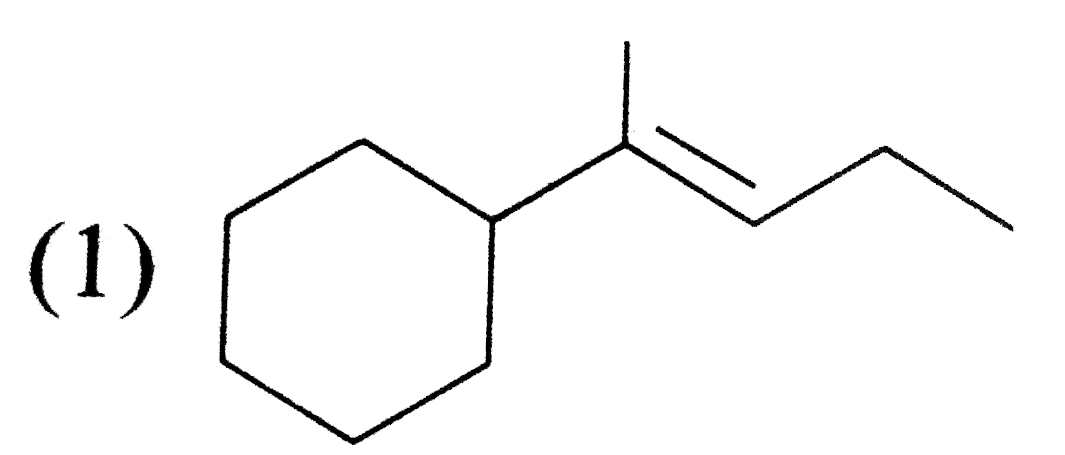Reductive amination of aldehydes or ketones done with NH3 yields product (A ) which when dehydrated gives (B ) . Which of these is mostly likely product (B ) ?
Imine
Amide
Cyanide
Alcohol
The correct Answer is:A
To solve the problem of identifying product (B) from the reductive amination of aldehydes or ketones with ammonia (NH₃), we can follow these steps:
1. Understanding Reductive Amination:
- Reductive amination is a reaction where an aldehyde or ketone reacts with ammonia or an amine to form an amine. In this case, we are using ammonia (NH₃).
2. Reaction with Aldehyde or Ketone:
- When an aldehyde (RCHO) or a ketone (RCOR') reacts with ammonia, it forms an intermediate imine (RCH=NH₂) after the removal of water (dehydration).
3. Formation of Product (A):
- The product (A) formed from the reaction of the aldehyde or ketone with ammonia is a primary amine (RCH₂NH₂). This is because the carbonyl compound (C=O) is converted into an imine (C=N) and then reduced to an amine.
4. Dehydration to Form Product (B):
- When product (A) undergoes dehydration, it loses a molecule of water (H₂O) and forms an imine (RCH=NH). This imine is the product (B).
5. Identifying Product (B):
- The final product (B) after dehydration is an imine, which can be represented as RCH=NH. This is a characteristic product of the dehydration of the amine formed from the reductive amination process.
Conclusion:
Thus, the most likely product (B) is an imine, which can be referred to as an "imine" or "C=N" compound.
- Reductive amination is a reaction where an aldehyde or ketone reacts with ammonia or an amine to form an amine. In this case, we are using ammonia (NH₃).
- When an aldehyde (RCHO) or a ketone (RCOR') reacts with ammonia, it forms an intermediate imine (RCH=NH₂) after the removal of water (dehydration).
- The product (A) formed from the reaction of the aldehyde or ketone with ammonia is a primary amine (RCH₂NH₂). This is because the carbonyl compound (C=O) is converted into an imine (C=N) and then reduced to an amine.
- When product (A) undergoes dehydration, it loses a molecule of water (H₂O) and forms an imine (RCH=NH). This imine is the product (B).
- The final product (B) after dehydration is an imine, which can be represented as RCH=NH. This is a characteristic product of the dehydration of the amine formed from the reductive amination process.
Thus, the most likely product (B) is an imine, which can be referred to as an "imine" or "C=N" compound.
Similar Questions
Knowledge Check
- Question 1 - Select One
Which of the following gives ethyl amine of reduction ?
AAcetonitrileBAcetoximeCNitromethaneDEthylcyanide - Question 2 - Select One
Aldehyde or ketones when treated with C6H5−NH−NH2. The product formed is
AsemicarbazoneBphenylhydrazoneChydrazoneDoxime - Question 3 - Select One
Which of the following is not the product of dehydration of
 A
A B
B C
C D
D
Which of the following is not the product of dehydration of
 View Solution
View SolutionWhich of the following is not the product of dehydration of
 View Solution
View SolutionWhich of the following is not the product of dehydration of
 View Solution
View SolutionIn which of the following product will be aldehyde
View SolutionWhich of the following gives primary amine on reduction?
View Solution

 ?
?